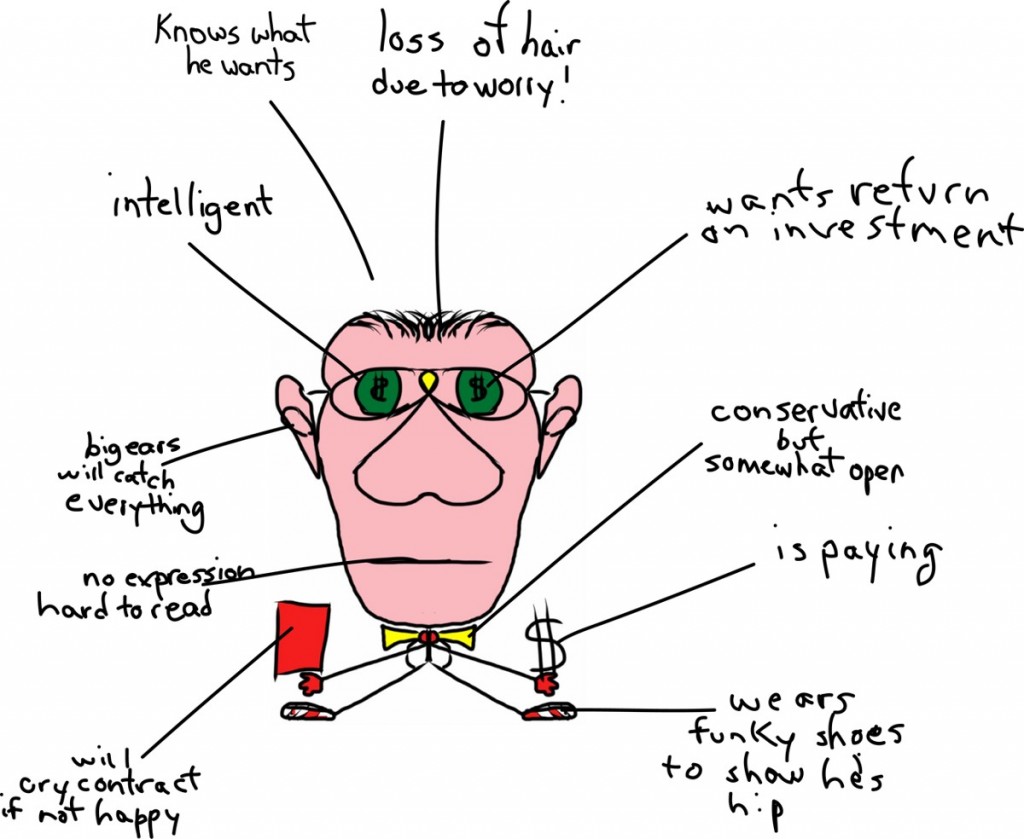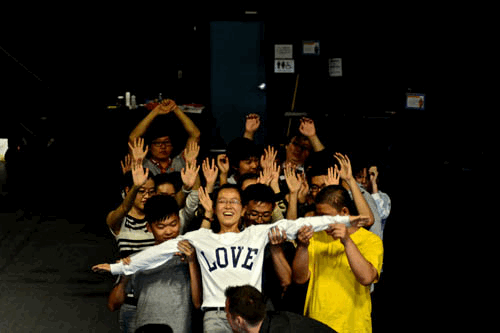When you provide a service to a client you never really know what kind of client your going to get. So what to do with that wild card? There are many ways to mitigate the client if perceived as a threat. The hardest thing to do and the one skill that we all think we’re good at, is being crystal clear on what a client’s problem is, ensuring that there are few uncommunicated expectations and that they are not promised the world and given one continent. Another skill you can develop when dealing with a client is to prepare all possible reactions that they may give towards what it is your pitching, creating or designing, before, during or after your first meeting. You can prepare for this in a few ways:
- work with your team on role-playing the client as the rest of the team presents the idea
- draw a persona map of your client as below
Ultimately, when you think of a client as collaborator and engage them in that way, the work will be better for it, you will be challenged to grow and improve and you’ll also make a better client for someone else one day.




